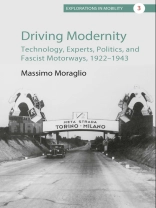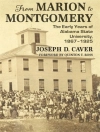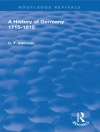On March 26th, 1923, in a formal ceremony, construction of the Milan–Alpine Lakes autostrada officially began, the preliminary step toward what would become the first European motorway. That Benito Mussolini himself participated in the festivities indicates just how important the project was to Italian Fascism. Driving Modernity recounts the twisting fortunes of the autostrada, which—alongside railways, aviation, and other forms of mobility—Italian authorities hoped would spread an ideology of technological nationalism. It explains how Italy ultimately failed to realize its mammoth infrastructural vision, addressing the political and social conditions that made a coherent plan of development impossible.
Tabela de Conteúdo
Acknowledgments
List of Figures and Tables
List of Acronyms
Introduction
Chapter 1. The Roads before the Motorways
Chapter 2. 1922: The Motorway from Milan to the Prealpine Lakes
Chapter 3. Motorway Mania in Italy in the 1920s
Chapter 4. The Ordinary Roads Problem
Chapter 5. From the Pedemontana Project to the Construction Suspension
Chapter 6. A Case Study: The Turin–Milan Motorway
Chapter 7. The 1930s: The European Utopia and the Nationalist Fulfillment
Chapter 8. The Bankruptcy and Legacy of the Motorways
Conclusion
Bibliography
Index
Sobre o autor
Massimo Moraglio is a senior researcher at the Technische Universität Berlin. He has received an EU Marie Sklodowska Curie IEF fellowship and is editor-in-chief of the Journal of Transport History. He has coedited the volumes The Organization of Transport: A History of Users, Industry, and Public Policy (2015) and Peripheral Flows: A Historical Perspective on Mobilities between Cores and Fringes (2016).












